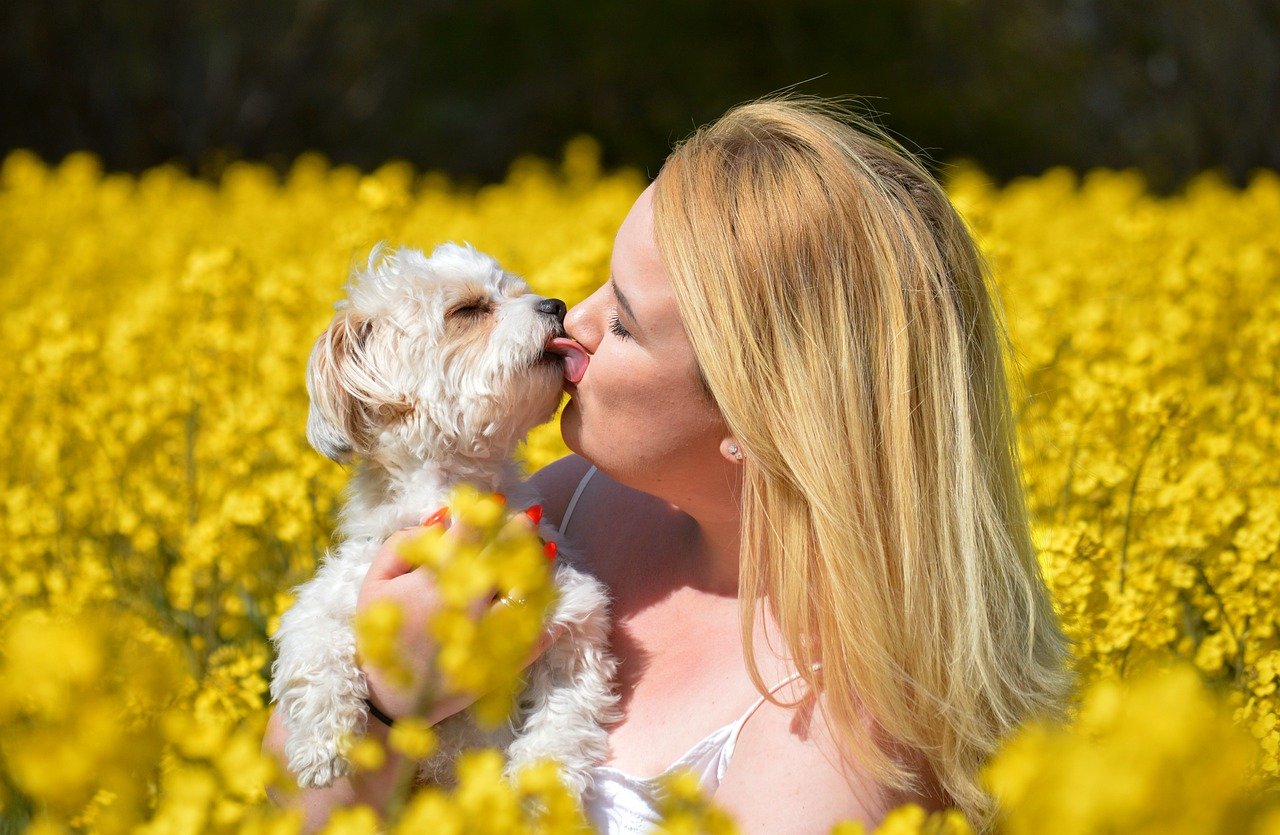Licking is a fundamental behavior in dogs, serving as a mode of communication that transcends the simple act of taste or grooming. Through licking, dogs convey a myriad of messages to their owners, other dogs, and even themselves. This behavior, deeply rooted in their evolutionary history, is a multifaceted language that can express affection, submission, stress, and more. Understanding the nuances behind why dogs lick can significantly enhance the bond between dogs and their owners, offering insights into their emotional and physical well-being. It’s an integral part of canine communication that, when interpreted correctly, can reveal much about a dog’s internal state and intentions. This article will explore five primary reasons dogs use licking as a form of communication, shedding light on the complex emotional lives of our canine companions and how we can better connect with them.
1. Expressing Affection
One of the most common reasons dogs lick their owners is to express affection. From an early age, dogs are groomed by their mothers’ licks, a primary source of comfort and bonding. When your dog licks you, it’s often their way of showing love and strengthening the bond between you. This behavior is equivalent to human hugs or kisses, a sign of trust and a deep emotional connection. Recognizing and appreciating these moments can foster a closer relationship with your dog, understanding that each lick is a token of their affection.
2. Seeking Attention
Dogs also use licking as a way to capture their owner’s attention. If a dog feels neglected or desires interaction, it may start licking its owner more frequently to signal that it wants to play, go for a walk, or enjoy cuddle time. This behavior indicates that your dog values your company and seeks your engagement. Responding positively to these cues can help satisfy your dog’s social needs and prevent feelings of loneliness or boredom.
3. Showing Submission
Licking can also be a sign of submission within the canine world. Dogs often lick the faces of more dominant dogs or humans to acknowledge their lower status in the social hierarchy. This behavior is rooted in their pack instincts, where maintaining social harmony is crucial. By clicking, a dog says, “I respect your authority,” promoting peace and minimizing conflict within the group.
4. Tasting and Exploring
Dogs are naturally curious animals, and licking allows them to explore their environment and the things or people in it. This form of licking is more about gathering information than communication. Dogs have taste receptors sensitive to salt, sweet, bitter, and sour components, enabling them to learn much about an object or person just by licking them. This behavior allows dogs to satisfy their curiosity and learn more about their surroundings.
5. Indicating Stress or Anxiety
Finally, excessive licking can indicate stress or anxiety in dogs. When dogs lick themselves, objects, or people more than usual, it can be a coping mechanism to self-soothe in response to stress. This behavior can also indicate underlying health issues, so it’s essential to observe your dog and consult a veterinarian if excessive licking persists. Understanding this aspect of licking can help owners identify and address their dog’s stressors, promoting a happier and healthier life.
Licking is a complex behavior in dogs, serving multiple communicative purposes, from expressing affection and seeking attention to showing submission, exploring their environment, and indicating stress or anxiety. By understanding why dogs lick, owners can better interpret their dog’s needs and emotions, strengthening their bond. Recognizing these licking behaviors as forms of communication is essential in providing the care and attention our canine companions deserve.


 Toledo, United States.
Toledo, United States.
